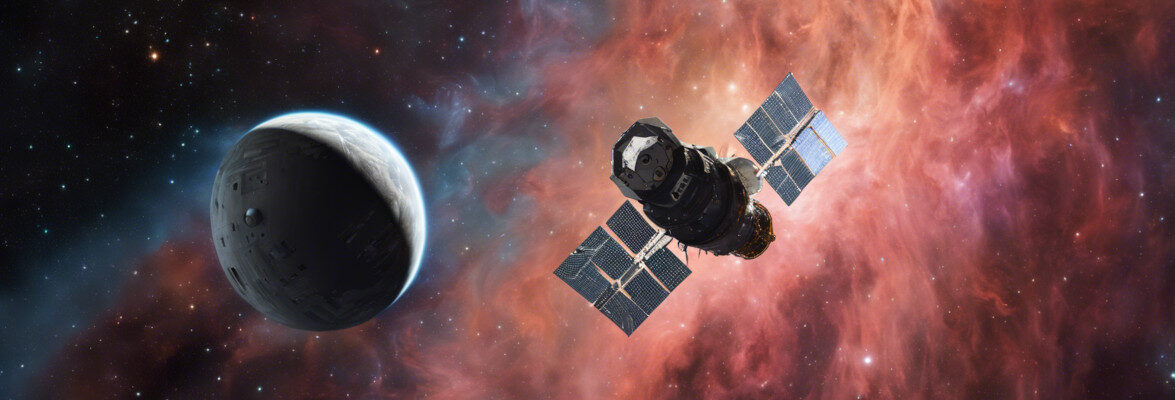
An article published in “The Astrophysical Journal” reports a study of the galaxy TXS 0128+554 and in particular of the jets of particles emitted by the supermassive black hole at its center that form two lobes that appear to have different ages. A team of researchers led by Matthew Lister of Purdue University used the Very Long Baseline Array (VLBA) and NASA’s Chandra X-ray Observatory to observe the jets of materials and gamma-ray emissions. The conclusion is that the jets started about 80 years ago, stopped and then started again about 10 years ago.
About 500 million light-years from Earth, the galaxy TXS 0128+554 has a supermassive black hole at its center with a mass estimated to be about one billion times the Sun’s. Five years ago, NASA’s Fermi Space Telescope detected gamma rays from this galaxy. Astronomers believe it contains an active galactic nucleus powered by the supermassive black hole because the emissions in the various electromagnetic bands are much greater than those generated by the stars within it.
The activity of the galaxy TXS 0128+554 makes it interesting also because it’s among those that produce a pair of jets of high-energy particles in two lobes that give the nucleus a butterfly shape. Matthew Lister’s team studied the radio emissions generated by the interaction of particles spiraling around the powerful magnetic fields existing in the jets to obtain a map of the lobes. Repeated observations made it possible to evaluate the changes that occurred over time. Detections at different radio wavelengths showed different shapes for the galaxy and the two lobes.
The lobes turn out to extend for about 35 light-years and are tilted about 50° with respect to the line of sight existing from Earth. This means that one of the two lobes is farther from the Earth and its light takes many years longer to reach us than that from the other lobe. Given the activity of the galaxy TXS 0128+554, the consequence is that we see the two lobes at different times of their development.
The researchers reconstructed the timeline of the activity which from our point of view is relatively recent in the galaxy TXS 0128+554 thanks to the combination of the time-shifted view of the two lobes and the different shapes they have at different radio wavelengths. Their conclusion is that the size of the lobes is the result of an activity that started 80 years ago from our point of view. The separation between the lobes and the galaxy’s central region that appears at certain wavelengths indicates that that activity stopped after about 50 years and then started again about 10 years ago producing the emissions visible near the nucleus.
The reasons for the intermittent activity of the galaxy TXS 0128+554 are not clear. The lobes don’t produce enough combined energy to generate the gamma rays that were detected, contradicting some theoretical predictions. According to Matthew Lister’s team, the jets produce gamma rays closer to the nucleus, like most of the active galaxies seen by the Fermi Space Telescope. In some galaxies, there’s a cocoon of ionized gas around the nucleus, but in this case, there’s no confirmation of its existence. There are, however, gas and dust.
Studies of the galaxy TXS 0128+554 will continue to better understand the processes taking place in its active nucleus. Observations conducted with various instruments and at various wavelengths are important because they offer a much more complete picture of the situation.

